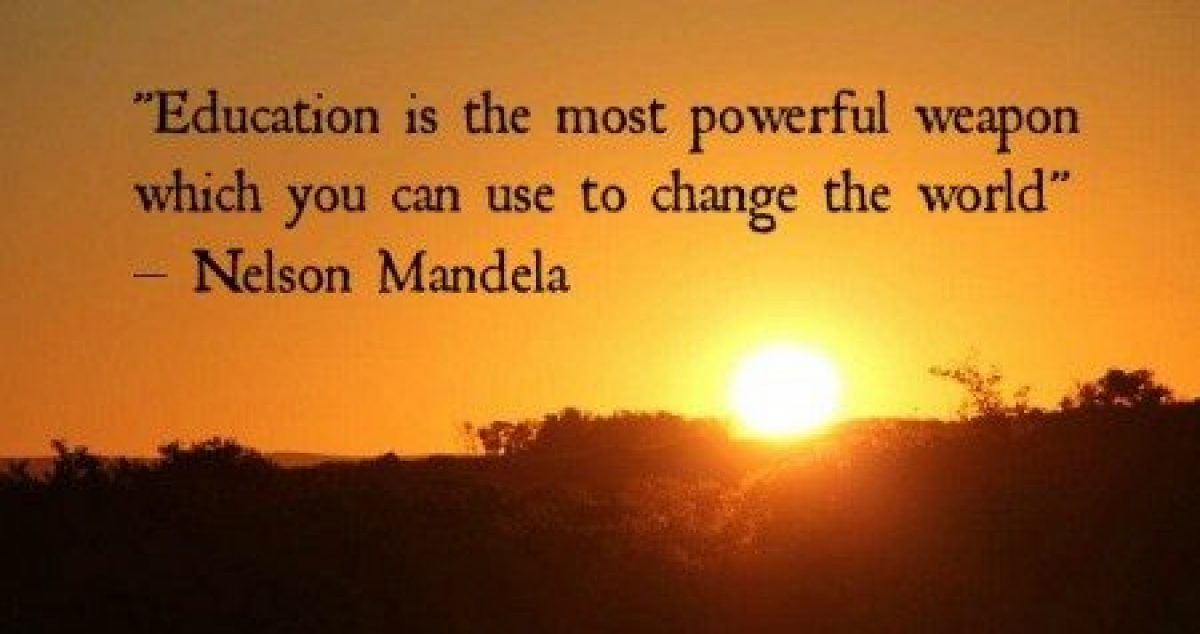This week’s class began with listening and learning about everyone in my section’s experience of what arts they have witnessed in their school placement so far. It was very interesting and surprising to find out that the majority of people had seen very little if not any arts lessons within their school. I found that it was very intriguing to realize that in most schools arts is taken a back seat prior to literacy and mathematics. I think its sad to see that the arts isn’t given priority as it can provide children with a variety of skills in order to help them learn and grow into young individuals. It provides children with the opportunity to develop their creativity, confidence, motor skills, academic performance, visual learning, decision making, perseverance and focus (Learning Lift Off, 2017).
When we discussed as a class our experiences it was clear to see that arts was given a back seat due to a number of barriers. These barriers included aspects such as: time, funding, lack of confidence in teachers, lack of creative thinking, to much focus on academic results and lack of resources. I think this module has enabled us as student teachers to realize the importance of the arts and that it is important that we ensure that we try and overcome these barriers to the arts and give our pupils the opportunity to experience and express themselves through the arts. I think one way to overcome the most common barrier to teaching the arts, which is time, is to try and incorporate it into different areas of the curriculum. You could do this by having a literacy lesson based on a book that the class have read and been learning about, but deliver it through a drama lesson with the children.
Reflecting on my experience in placement, I have witnessed a wide range of visual arts displayed around the classroom I am placed in as well as around the whole school. I think it is extremely important to display pupil’s work as it shows them that we as teachers appreciate their work and value their hard work and creativity.





As well as being able to witness the visual arts. I have also been lucky enough to witness a music lesson. I have inquired about being able to see a drama or dance lesson, which the teacher said will not be a problem when I am at my placement from a Monday-Friday. I think the main problem for everyone who is on placement right now is that because we are only there a day a week, their arts lesson isn’t always scheduled for a Thursday therefore I believe when we are there for more days we will be able to see more of the arts in action and make a better evaluation of how much attention the arts is given in schools.
From doing this module, it has highlighted to me the importance of the arts and that when i become a teacher i want to try my hardest to ensure that i give children the opportunity to express and develop themselves through the arts.
References:
Teaching and Learning, (2015). Creativity in Education. [Online] [Available: http://c21teachingandlearning.global2.vic.edu.au/2015/02/20/barriers-to-creativity-in-the-classroom/] [Accessed: 17th November 2017]
Learning Lift Off, (2016). 10 reasons arts in education is important. [Online] [Available: http://www.learningliftoff.com/10-reasons-arts-in-education-important-kids/#.WhNFNUpl_IU] [Accessed: 17th November 2017]
















